
It seems counterintuitive that the final article of a series of posts on a tour through several African countries covers the country I visited first. Having already written posts on Zambia, Tanzania and Kenya, the reason this post only trudges in now is a simple practical one: the photos of the Botswana segment were on the camera of my friend with whom I was touring Botswana, and I only got hold of the photos quite late. Now that I’m writing this, it feels like what was intended as a simple explanation appears uncomfortably close to a disguised accusation. It isn’t – in fact I am very grateful that at least in one country on this longer trip I had a good camera at hand (which, if you’ve read my past posts, you’re probably also thinking now)!
Our aim was mainly to have as many rewarding safari experiences as possible, with driving on bad roads, braaing at the campsites in the evenings, and bird and mammal sightings being considered as equally valuable. We were successful in every category, from rather tricky roads (neither of us being the most experienced when it comes to deep sand or mud) to tasty campfire dinners and a host of sightings that included leopards, bat-eared foxes, and some lifer birds for me. We visited Nxai Pan National Park, Moremi Game Reserve and Chobe NP in northern Botswana, all three of which were exceptionally productive in terms of birdlife.
One of the best birds of the trip was in the latter protected area, where we came across a pair of Wattled Cranes. These elegant beasts dwarf their Blue and Grey Crowned cousins that are also found in the subregion, and this sighting completed the subregion’s trio of cranes for me (see cover image). Another bird I was very excited to see was the African Barred Owlet. I’ve had several unsuccessful attempts at recording this bird over the years, which was mainly down to not being in the right spots. This trip was different though, with both our Hippo Pools campsite in Khwai just outside Moremi GR and Savuti camp in Chobe NP having these adorably cuddly beasts in their portfolio. With my friend’s help, I managed to get some decent photos which was another win.
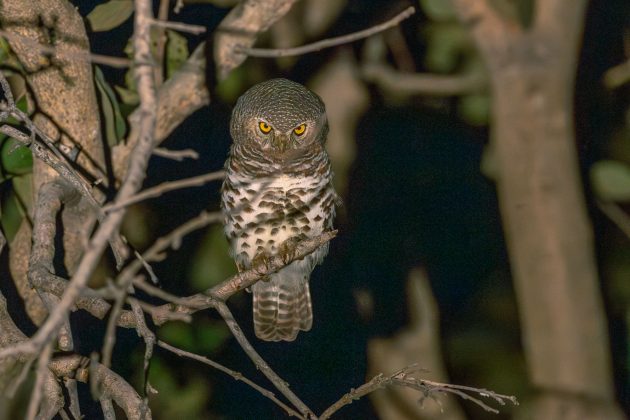
Like many birders, I have a weak spot for larks. This interest falls on fertile soil in southern Africa, a hotspot in lark diversity. One of the more unique species of this subregion, the Dusky Lark, had evaded me until this trip. But in Nxai pan, and later again in Chobe, we came across two of these birds that are something of a mix between a lark and a Groundscraper Thrush. My friend (who is not a birder) had been understanding of my excitement when seeing the owlet, but my satisfaction with this sighting was to him baselessly excessive.
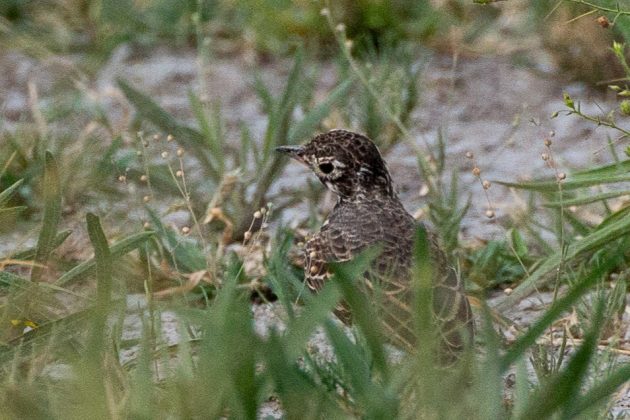
One of the most charismatic birds of the African bush has to be the Southern Ground Hornbill. Often seen strutting around through the grass in small groups, I observed these birds a few times when they meticulously take apart a snake, huge beetles, or other creepy crawlies that make you discover a more sinister nature behind their patient appearance. The wrinkled skin on their face undoubtedly indicates the same suspect disposition. I still love these birds, which are unfortunately becoming increasingly rare due to the felling of big trees which they need for nesting.
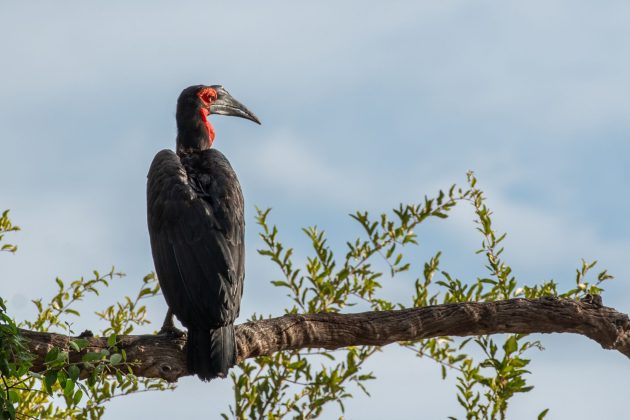
Despite having visited during a relatively unattractive season for birders, northern Botswana truly delivered. The well over 100 species we saw is perhaps not the most impressive list in terms of size, but the amazing birds we saw, of which these three are only a small teaser, definitely demonstrated to me that this country is worth another visit.


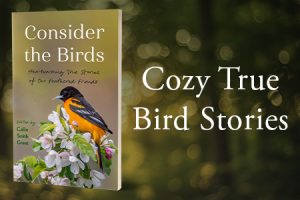

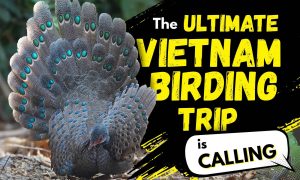

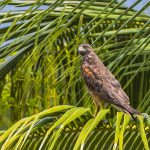
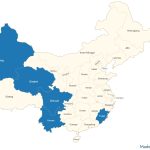
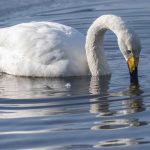
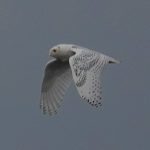
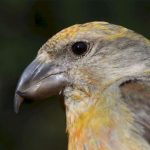


Great to see the Southern Ground Hornbill. And somehow, even though most owlets look pretty similar, I am still happy to see new species like the African Barred in this post.